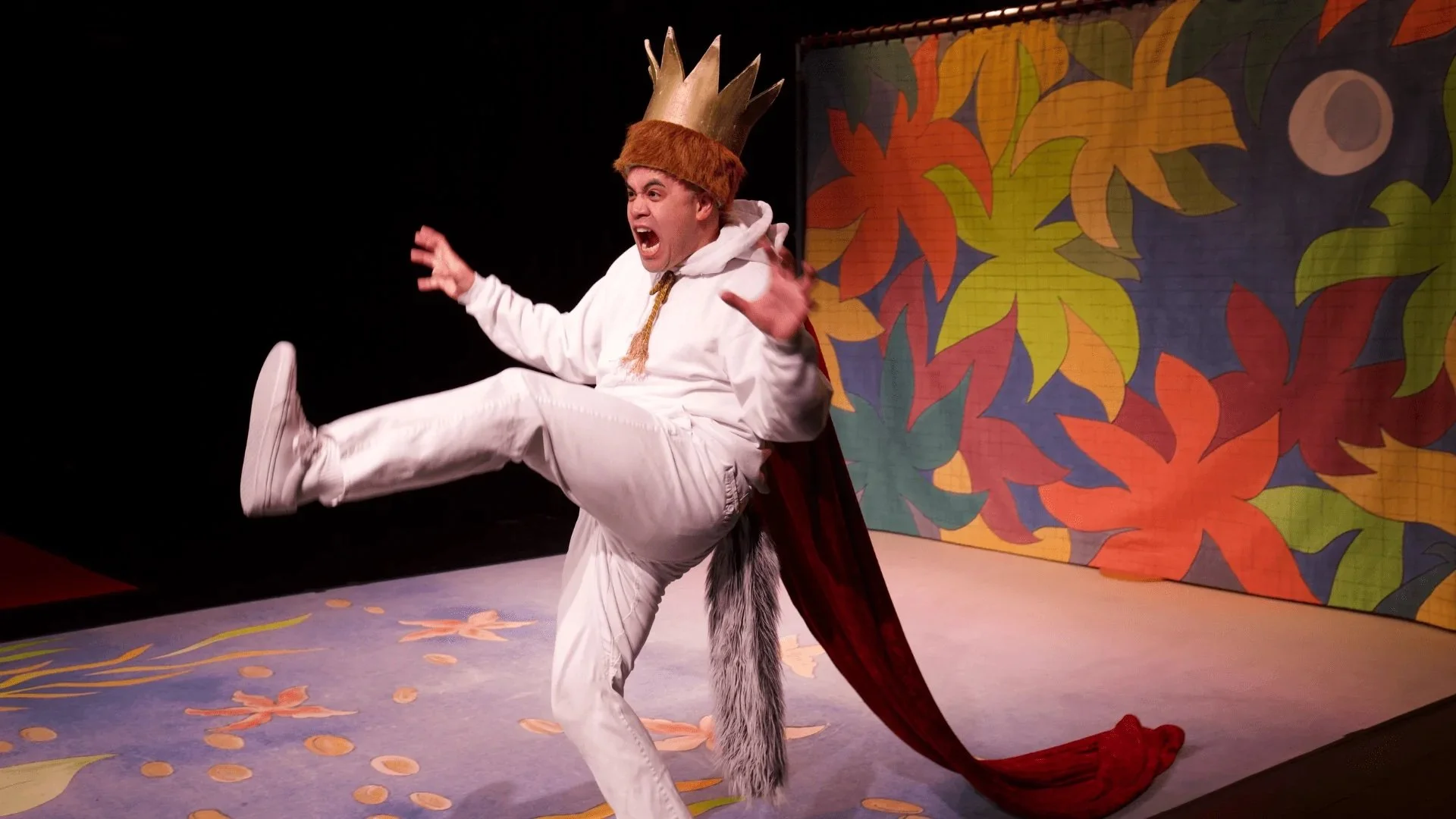Vancouver's Tremors Festival turns live performance into an art party
Think of it as going to a punk show in a basement and seeing new, experimental, burgeoning works
благословення (blahoslovennia).
Rumble Theatre presents Tremors Festival 2023 from May 18 to 20, with The Stages of Transformation Creative Cohort Showcase running May 22 to 26 at Progress Lab 1422
MENTION THE WORD “tremors” and a lot of Vancouverites might assume you’re referring to the Big One. For Rumble Theatre, it refers to the seismic artistic activity that’s at the heart of its Tremors Festival, one that aims to shake things up when it comes to the making and experiencing of live performance. Think “art party” at the Progress Lab with five new and experimental works that are on their way to being fully realized, giving the makers a chance to try things out and audiences a fun night out.
Tremors has morphed over the years since its inception in 2008. This year’s event sees Rumble helping each artist or collective develop skills and gain practical experience to move their works in development forward. But don’t let that phrase “works in development” give you the wrong idea.
“When I say works in development, I don’t mean super early development; Tremors is more like an intermediary step towards a premiere,” Rumble Theatre artistic director Jivesh Parasram tells Stir. “The thing about making work is that you spend all this time working on it, years even, and then you don't really get to see how it's landing with an audience until the premiere. With Tremors, and similar festivals, the idea is that by providing a 30-minute platform, you don't need to finish the work, but you can get a pretty solid proof of concept. And you get to check to see: is the audience responding? Does the piece actually need to be longer? What needs to happen next to complete the work?
Jivesh Parasram.
“The fact is, developing work is hard,” he says. “And expensive. And it takes a long time. So, rather than making a festival where we were expecting premieres, we wanted to make one where you could try some ideas out, and see how it was landing. But really go for that idea! Like, don't half-ass it, don't scratch the surface; do it full out—just... only a little bit of it. Let go of the pressure of it being done, or having to be ‘full-length’.”
The best way to develop a work is in front of an audience, Parasram says. Tremors facilitates the process and throws a bash where no single show is the “main event”. “Instead we're all in it together putting on a great night,” he says. “We've been saying it's more like an ‘art party’ than it is a more formalized showing. And being able to keep that somewhat informal and loose vibe is pretty key to the process.
“Also, when I say ‘art party’, I don't mean a fancy place where we stand around and critique each other's craft in the spectre of declining post-modernity,” Parasram adds. “I mean, it's like going to a punk show in a basement and having an awesome time being part of the crowd.”
Here's what’s on the bill. Sasha Theodora will present благословення (blahoslovennia) (Montreal/Toronto), an audio-visual immersive exploration of Ukrainian ritual created in collaboration with Gabbie Che to promote their upcoming film “Bohyni”. Theodora is a Ukrainian-Canadian interdisciplinary artist and musician with a background in Ukrainian polyphonic singing and theatre. This piece opens the evening before the audience splits into either the Green or the Purple Track (more on that in a minute).
Fresh Prince of Egypt is an irreverent blend of Jewish tradition and hip-hop storytelling by David Kaye, working with Omari Newton and Amine Bouzaher.
Fresh Prince of Egypt.
England-born, Hong Kong-raised Samantha Walters’s Order of the New Hyphae (Vancouver) is an immersive performance that “reconstructs ecological thought and post-human spiritualities through the lens of an apocalyptic fungi cult” (created with Avery Chapman, Blake Hobson-Dimas, Clare Noble, Denise Faith Cachero, Tamlin Vetter, and Viviane Wu).
The ghosts within us/les fantômes qui nous habitant (Montreal) is by Syrian-Canadian musician, artist, and producer Firas Nassri and Jonathan Hardy, a visual artist and creative developer at the PHI Centre who showcases XR designs virtually. The audiovisual performance explores the weight of cultural and religious backgrounds on individuals in the diaspora through electronic music, Arabic themes, and 3D visuals.
The Knoll (Toronto) is part ghost story, part therapy simulation in which a son remembers his father, Norfolk County’s most infamous mischief-maker. It’s from Jeff D’Hondt, a KM Hunter Award nominee with Belgian Canadian and Lenape ancestry (Six Nations of the Grand River). The semi-autobiographical performance combines scripted material and improvisation to contrast Indigenous and non-Indigenous understandings of grief and the joy of being haunted by people and places we miss. “This is a piece about resisting therapy as an act of decolonization,” Kind of a "you can't take my trauma from me!" situation, which for better or worse I can say I identify a lot with. Jeff D'hondt is a social worker, so his work often draws a lot on health-care,” Parasram says.
The Order of the New Hyphae.
TAOS (The Art of Storytelling): Song Cycle (Toronto) is a multi-disciplinary work developed largely in ceremony in three different countries over the span of six years, rooted in the ancestral theatre tradition, inspired by stories and teachings from the Mayan Popol Vuh. Artist B’atz’ Recinos is of Latinx descent with mixed Mayan roots from the K’iche’ and Kaqchikel Nations of Iximulew (Guatemala). Combining Indigenous traditions with current cultural aesthetics, it aims to take audiences on a theatrical journey through allegory and myth.
The evening unfolds in an unconventional way. When people purchase tickets, they have a choice of two “tracks”, green and purple; alternatively, they can pick “surprise me”, and Rumble will roll the dice when they show up.
“If you want to see everything in the festival, you'd need to come twice, which of course we encourage,” Parasram says. “Both tracks offer the same amount of programming, but there are different shows.
“We'll begin the night together, with “БЛАГОСЛОВЕННЯ” (“BLAHOSLOVENNIA”), which will be a bit of an invocation into the evening,” he explains. “If you choose green, you're catching The Fresh Prince of Egypt and TAOS (The Art of Storytelling): Song Cycle. If you choose Purple, you're off to The Order of the New Hyphae and The Knoll. And then we all reconvene and end the night together with The ghosts within us/les fantômes qui nous habitent.”
Although Tremors isn’t programmed on a theme, topics of interconnectedness and the role of the spirit across world views have emerged organically this year.
“It just so happens that in a lot of the explorations of these artists they were looking at spirit quite broadly speaking,” Parasram notes. “For some pieces, they were drawing directly on existing cultural practice. For others they were looking at the tension of a more spiritual worldview against a somewhat sterile liberal secularism, and others were offering new imaginings of how spirit, or interconnectedness could be the way forward.
“I think there's something that's been happening culturally, since the COVID-19 pandemic, where the dismissal of ‘spiritual practice’ has declined,’ he adds. “I don't mean to say that we're living in some new spiritual age or something like that, but I think that what's at the heart of it is people don't really want to dismiss another way of seeing or perceiving things. Like, regardless of your beliefs, I think that with what happened, it made people rethink living in the status quo….There are—or at least for a moment there were—alternative ways of living, and that also means alternative ways of seeing, thinking, feeling. I can't say why for sure, but I imagine it has a lot to do with isolation, and how people were finding ways to maintain hope or feel some type of connection that was taken for granted for a long time—too long, would be my read looking at the type of art that I'm seeing people make these days.”
The art party is just one aspect of Tremors Festival 2023. Stages of Transformation Creative Cohort Showcase is another. Happening in partnership with the National Arts Centre, Stages of Transformation is a multi-year project that brings together theatre artists, arts workers, and creative communities from across Canada to explore how abolition and transformative justice can impact theatre-making.
The initiative also involves Chromatic Theatre, Gwaandak Theatre, lemonTree creations, TODOS Productions, and Undercurrent Creations. Stages of Transformation has commissioned five artists from across the country (BC, Yukon, Ontario, Alberta, and Newfoundland) to undertake theatrical creation processes that explore themes of abolition and transformative justice: Raven John, Keira Nolting, Sobia Shaheen Shaikh, Kris Vanessa Teo Xin-En (张欣恩), and Ravyn Wngz.
Yasmine Espert will work as an embedded critic alongside the resident artists, and will write a piece that will document and reflect on their creative exploration. Photography and multimedia artist Raven Davis will also spend time with the SoT Creative Cohort, capturing process. Tremors will present the works-in-progress from the creative cohort.
Nikki Shaffeeulah. Photo by Saba Akhtar
Stages of Transformation curator Nikki Shaffeeullah explains in a release: “I believe that without the framework of abolition, all of our work in the theatre sector to achieve racial justice, gender justice, disability justice, trans justice, climate justice, and all other forms of justice, will fall short. Abolition offers a rigorous lens through which to examine these issues, and pathways toward change. Like theatre itself, abolition is about the power of human relationships, collaboration, generative conflict, and imagination.”
At Tremors, Stages of Transformation takes place over the course of the fest’s second week. The Monday's "First we Feast" evening is a drop-in session where people can explore materials that the artists have been drawing from and have a chance to hang out. The artistic showcases take place that Thursday and Friday.
“Speaking of other ways of seeing and thinking about the world, Stages of Transformation is all about that,” Parasram says. “This is about creating projects that deepen our understanding of abolition principles. The idea is that through more artists having access to this way of thinking, and creating work that reflects that, it will make understanding Abolition more approachable for the general public.
“The point of Stages of Transformation, for me anyhow, is that it's a starting place for imagining an, in my opinion, better world,” he says. “And it's about doing so with humility. A lot of people haven't thought about these ideas that much, because they're not exactly part of the mainstream culture. But they're starting to be, and in fact they may be part of your worldview already and you didn't even realize it. It's in some ways dipping your toe into the water of thinking about abolition, but it's not the shallow end of the pool.”
The idea that the world can be a better place is perhaps at the very heart of Tremors—along with entertainment and enjoyment.
“I think the major thing to know is that it's going to be a fun time,” Parasram says. “In our ideal scenario for someone who checks it all out, you can come to Week One, and experience a program showing a really intercultural night of approaches to spirit and connection, and then come back to Week Two, and reflect with us. Now that we can be connected, or entertain the idea at least, what is the world that we are going to make together?”



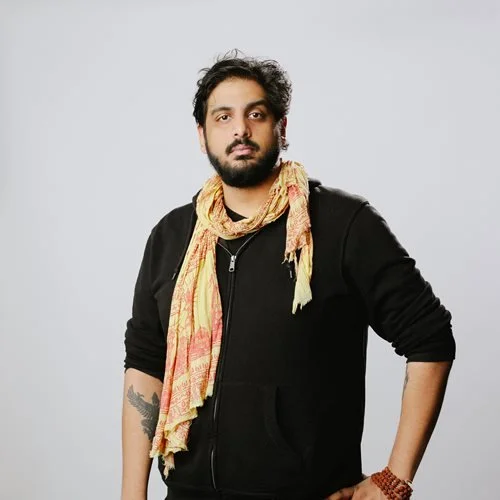
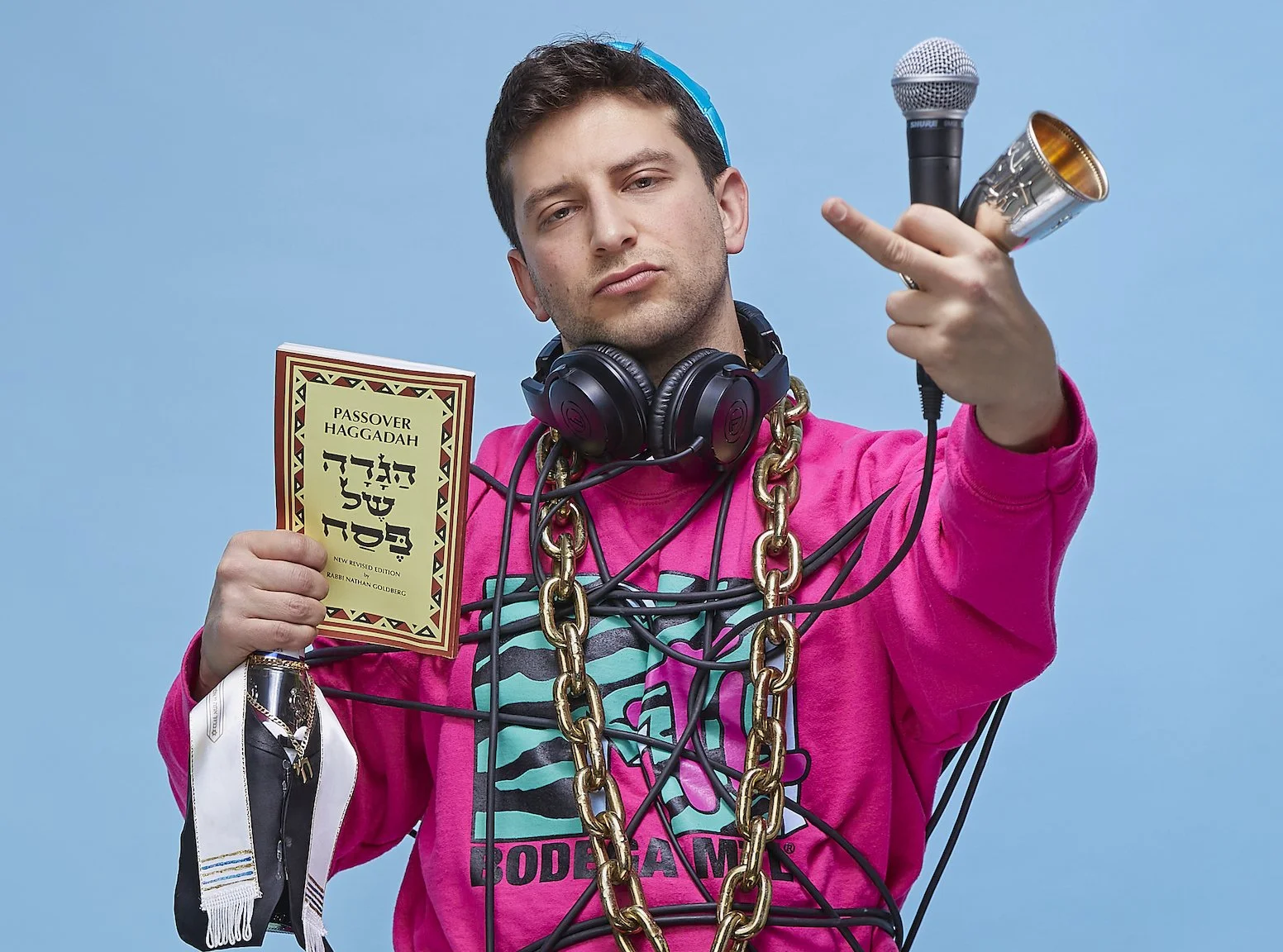
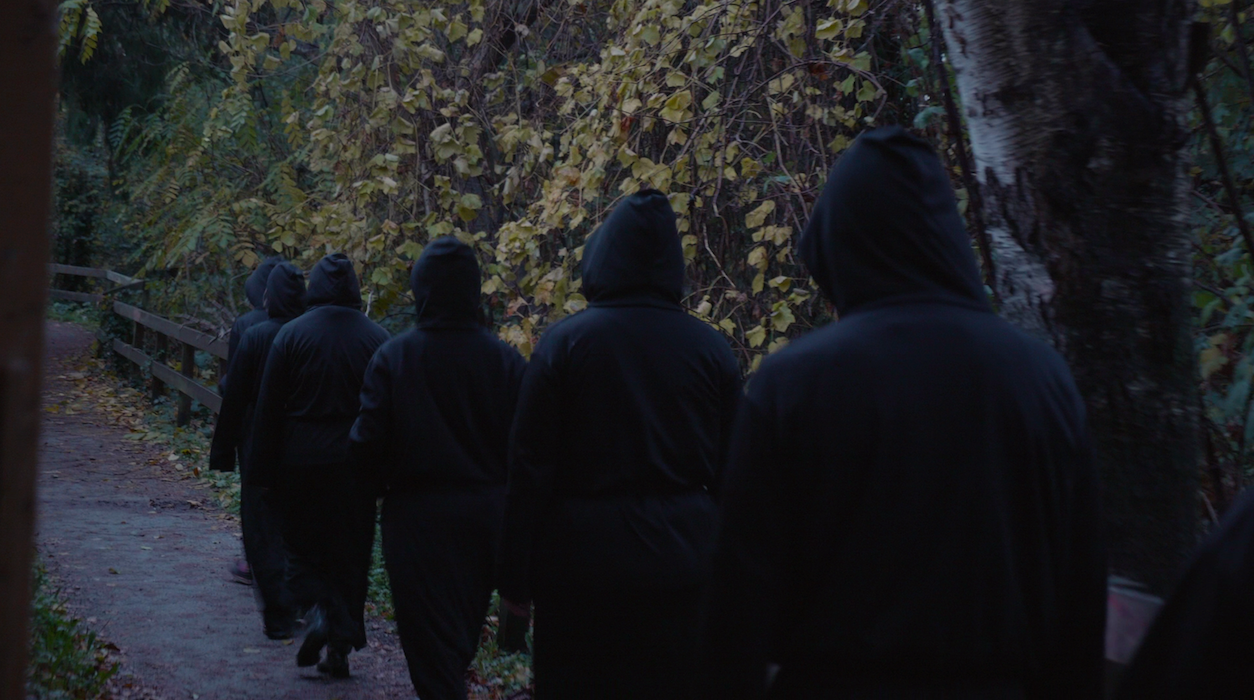


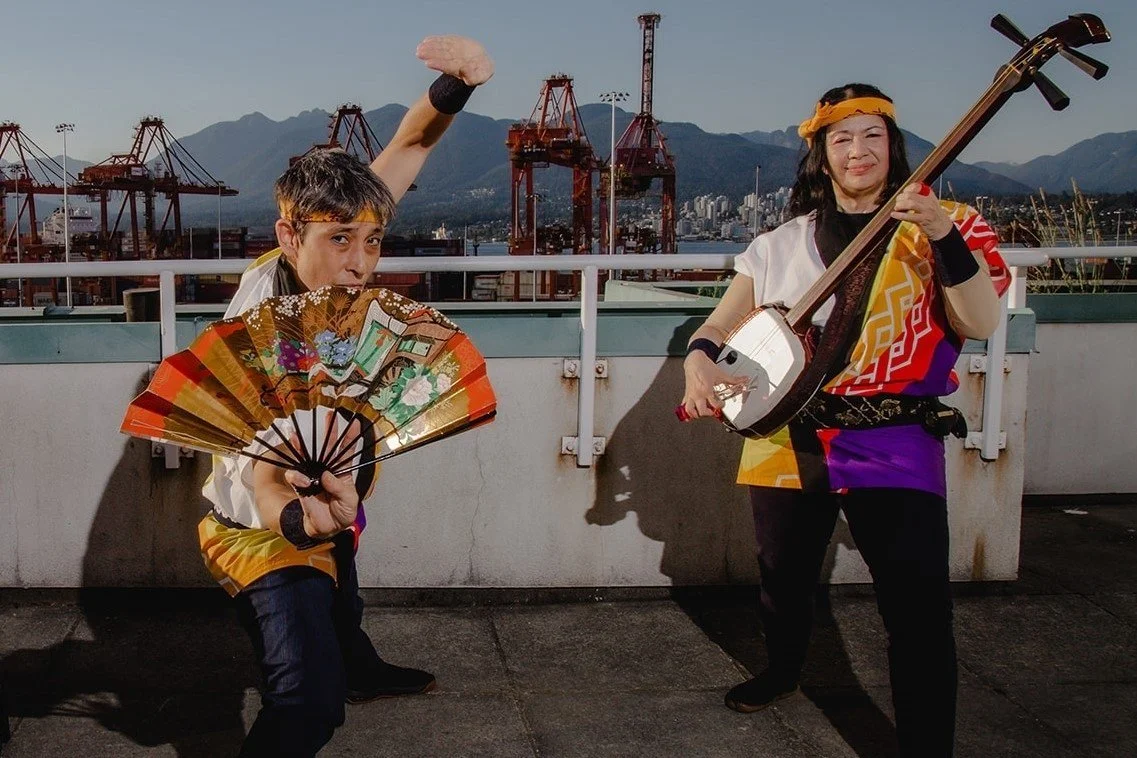




![Theatre review: Complete Works of William Shakespeare (abridged) [revised] [again] takes pleasingly panicked tour of the Bard’s canon](https://images.squarespace-cdn.com/content/v1/5f10a7f0e4041a480cbbf0be/1752776963817-BS2BYYQMLMSGU9OG3E37/Nathan-Kay-and-Craig-Erickson.-Photo-By-Tim-Matheson.jpg)


